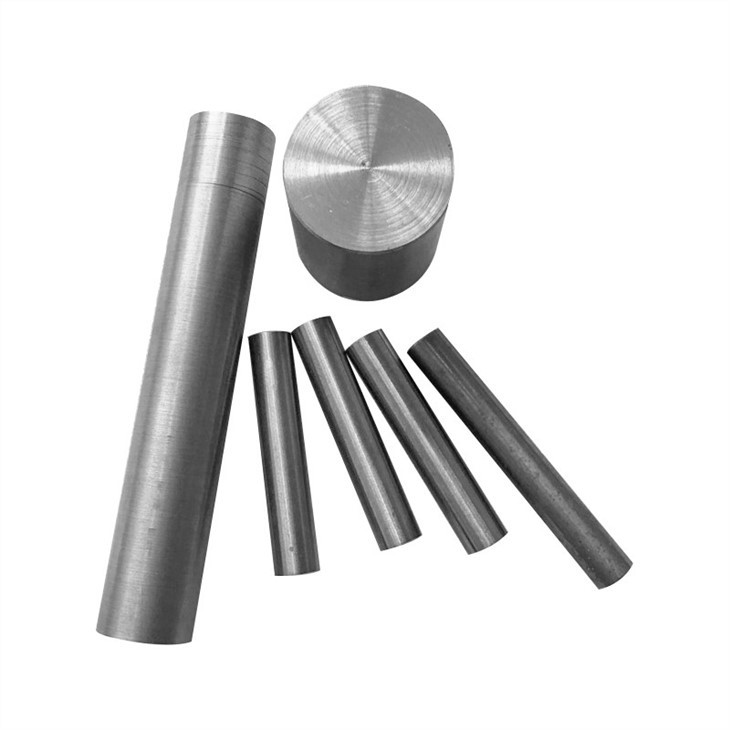Working with tungsten rods requires careful attention to safety due to the potential hazards associated with handling and machining tungsten. Here are some important safety considerations:
Respiratory Protection: When machining tungsten rods or working with tungsten dust or fumes, respiratory protection is essential to prevent inhalation of fine particles. Use appropriate respiratory protective equipment, such as NIOSH-approved respirators with high-efficiency particulate filters (HEPA) or powered air-purifying respirators (PAPRs), especially in confined spaces or poorly ventilated areas.
Skin Protection: Tungsten rods are often sharp and abrasive, posing a risk of cuts, punctures, or abrasions to the skin. Wear appropriate personal protective equipment (PPE), such as heavy-duty gloves, long-sleeved shirts, and pants, to protect against mechanical injuries when handling tungsten rods.
Eye Protection: Tungsten rods can generate fine particles or splinters during machining or handling, which may cause eye irritation or injury. Wear safety glasses or goggles with side shields to protect your eyes from particles, debris, and splashes.

Noise Exposure: Machining or working with tungsten rods may generate noise levels that exceed recommended exposure limits, leading to hearing damage or impairment over time. Use hearing protection, such as earplugs or earmuffs, to reduce the risk of noise-induced hearing loss.
Dust Control: Minimize the generation and spread of tungsten dust by using appropriate dust control measures, such as local exhaust ventilation (LEV) systems, dust collectors, or wet methods (e.g., wet grinding or machining). Regularly clean work surfaces, tools, and equipment to remove accumulated dust and debris.
Fire and Explosion Hazards: Tungsten dust or powder can pose a fire or explosion hazard under certain conditions, particularly when dispersed in the air in the presence of ignition sources. Take precautions to prevent the accumulation of tungsten dust, ensure adequate ventilation to disperse airborne particles, and eliminate sources of ignition in the work area.
Handling and Storage: Handle tungsten rods with care to avoid dropping or mishandling, which could lead to breakage or injury. Store tungsten rods in a secure location away from sources of heat, moisture, or chemical hazards to prevent damage or contamination.
Chemical Hazards: While tungsten itself is not considered hazardous, some tungsten compounds or alloys may pose chemical hazards. Familiarize yourself with the specific hazards associated with the tungsten materials you are working with and follow appropriate safety precautions, including proper handling, storage, and disposal procedures.
By following these safety considerations and implementing appropriate control measures, you can minimize the risks associated with working with tungsten rods and ensure a safe and healthy working environment. Additionally, always refer to safety data sheets (SDS) and manufacturer instructions for specific guidance on handling and working with tungsten materials.












